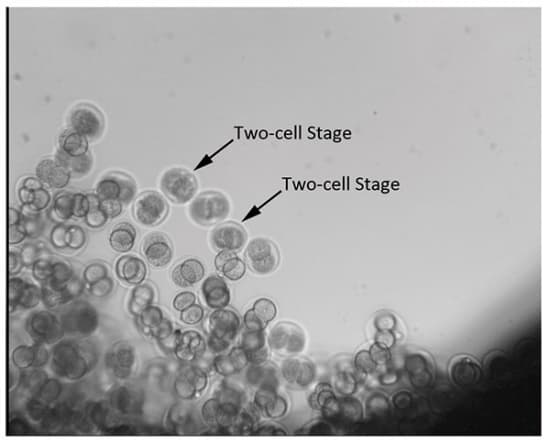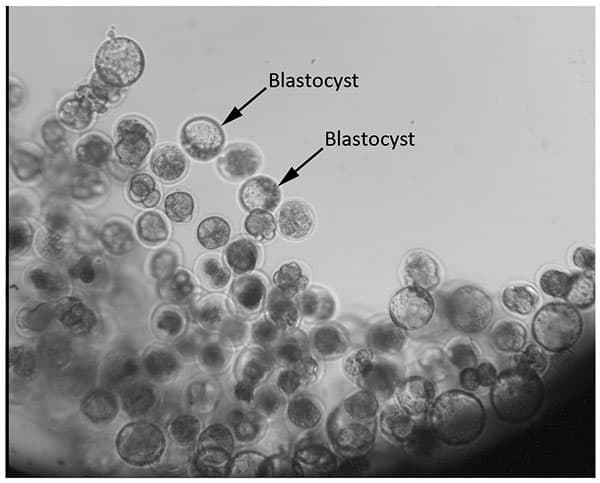Chinese Satellite Demonstrates Developing of An Early Stage Mammalian Embryo
Startling findings were spotted from the results sent by China’s microgravity satellite, SJ-10 on April 6. The collected data clearly shows that the early stage of mammal embryos, biologically termed as morula could develop and reach the blastocyst stage in the extreme environments on space. The report also confirmed, that the return capsule will wait on the specific orbit before heading back to Earth, whereas the major orbital module is used to carry out the aforementioned experiments.
As initially reported by the “Science†journal, the SJ-10 was specifically launched to conduct 20 experiments in a bid to realize the effect of radiation and microgravity on fluid mechanics, material science and a series of biological and biotechnological methods on samples. Professor Duan Enkui, from the Institute of Zoology, affiliated to the Chinese Academy of Sciences and one of the main hosts of this massive science experiment, has emphasized on human enthusiasm to colonize celestial life-philic habitats. Inspired by such imagination, he wanted to witness whether development of such a kind would indeed be possible or not.

2 cell stage of Mouse Embryo development
The first effort of such a futuristic movement was taken by NASA’s TS-80 Spacecraft in 1996, but unfortunately all 49 mouse embryos failed to grow. Putting controversies behind, this time the embryos really transformed into the desired state. 6,000 mouse embryos in a self-sufficient, microwave oven shaped closed chamber were placed inside the SJ-10. A camera monitored those early eggs and had taken pictures every 4 hours.

Blastocyst stage of Embryo Development
In conventional embryogenesis morula, the early embryo consists of 16 undifferentiated cells. With time, the cells divide from 2 to 4 to 8 until it has enough grown, so as to be attached to the endometrium wall. The high resolution pictures revealed similar results and validated their experiment with cent percent certainity. The complete report can be found in a press release from the Chinese academy of Sciences.
Source: #-Link-Snipped-#
As initially reported by the “Science†journal, the SJ-10 was specifically launched to conduct 20 experiments in a bid to realize the effect of radiation and microgravity on fluid mechanics, material science and a series of biological and biotechnological methods on samples. Professor Duan Enkui, from the Institute of Zoology, affiliated to the Chinese Academy of Sciences and one of the main hosts of this massive science experiment, has emphasized on human enthusiasm to colonize celestial life-philic habitats. Inspired by such imagination, he wanted to witness whether development of such a kind would indeed be possible or not.

2 cell stage of Mouse Embryo development

Blastocyst stage of Embryo Development
Source: #-Link-Snipped-#
0

